Fringing one side of the square, Szépvölgyi út, delineating the dividing line between Districts II and III, starts from the banks of the Danube and leads up to the Buda hills. Kolosy tér is therefore not only the border of two administrative districts but two distinct historic areas of the city: Óbuda and Újlak. The former was inhabited 2,000 years ago when it formed part of the Roman Empire.
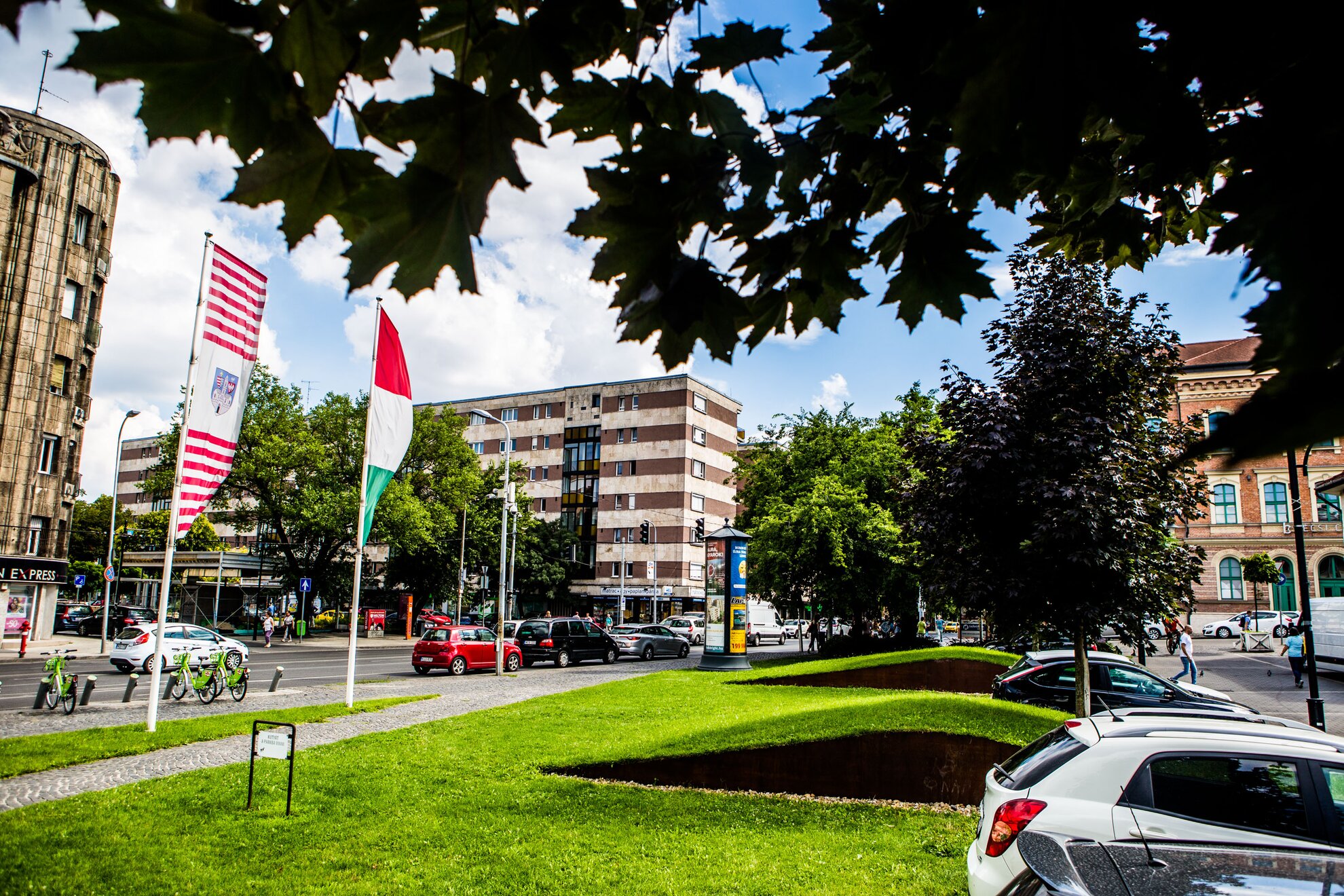
A Roman legion of about 6,000 members was stationed nearby, in and around today’s Flórián tér, and auxiliary troops camped around today’s Aquincum Hotel near Szentlélek tér. Around them, the military city of Aquincum grew to a tidy size and was the hub of civilian life for the soldiers.
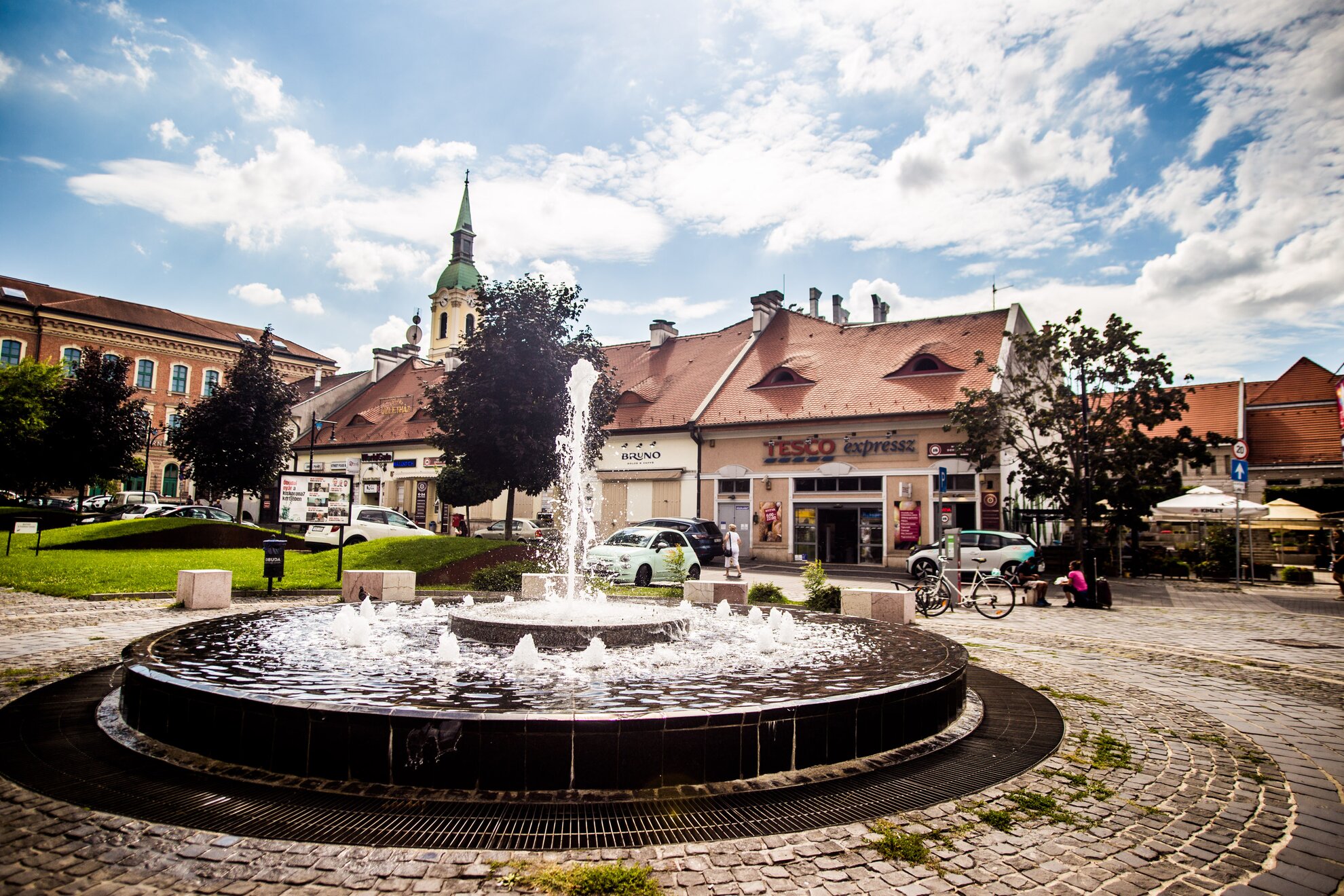
The area did not become depopulated even after the fall of Rome, but locals lived continuously here afterwards in the city of Óbuda. In the 11th and 12th centuries, Óbuda was an ecclesiastical centre and became the property of the Hungarian crown. Development then came to a halt in Turkish times then, after liberation, German settlers moved here and cultivated the area.
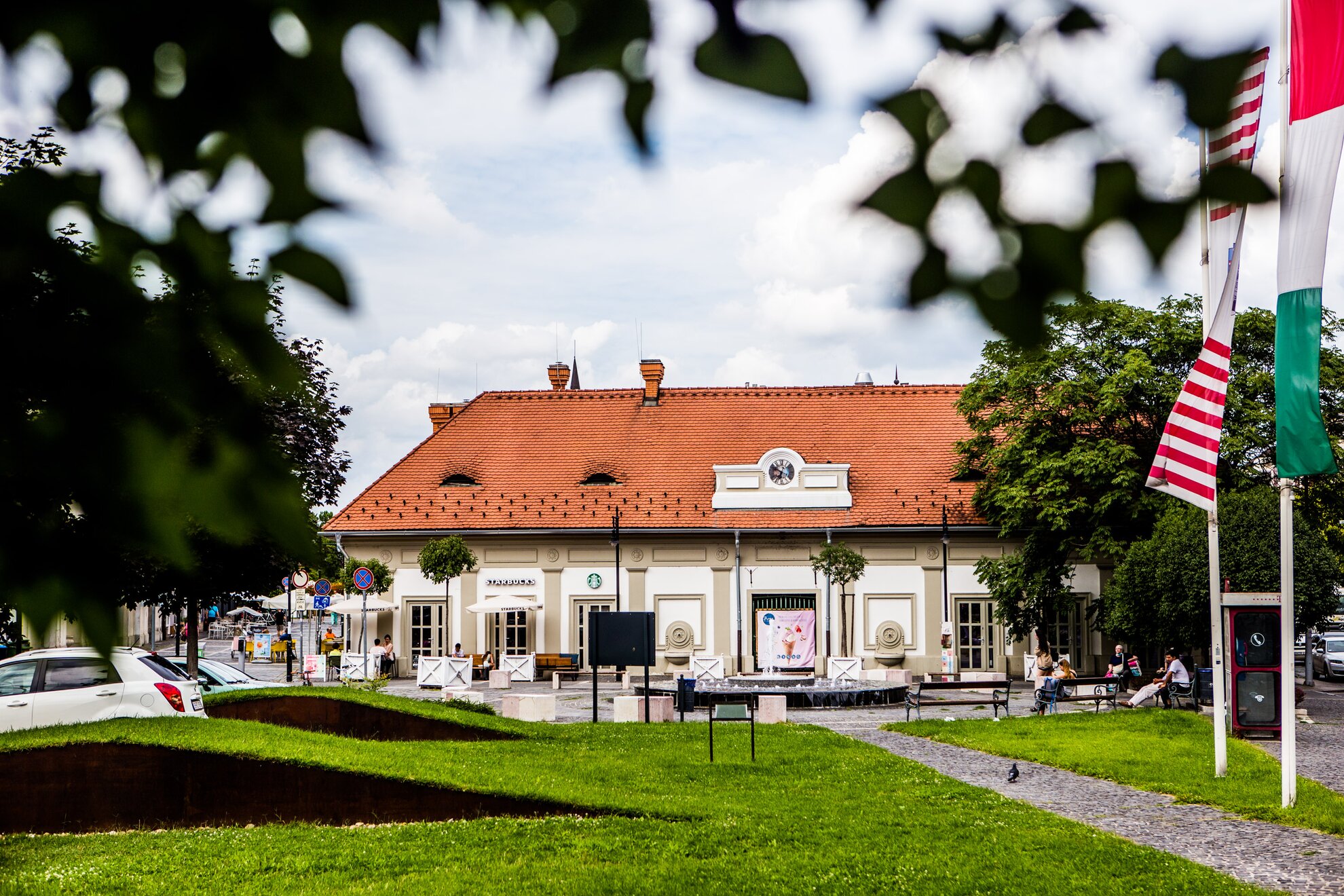
Újlak, occupied by the Kartal clan, also saw its development arrested by the Turkish conquest. Its central settlement was Szentjakabfalva, revived with settlers from Bavaria and Württemberg after the expulsion of the Turks. The centre of this former community is today’s Kolosy tér, first mentioned in a document dated 1702. A market operated here, which lent its name to the area at the time: Markt Platz or Market Square.

The name of the square was changed in 1822 to Heu Platz, ‘Hay Square’. In 1835, the part of the square by Our Lady of Sarlós Church (1756) was briefly renamed Pfarrkirchen Platz, Parish Church Square. To one side stood its bell tower as adding it to the main body of the church may have caused it to collapse.
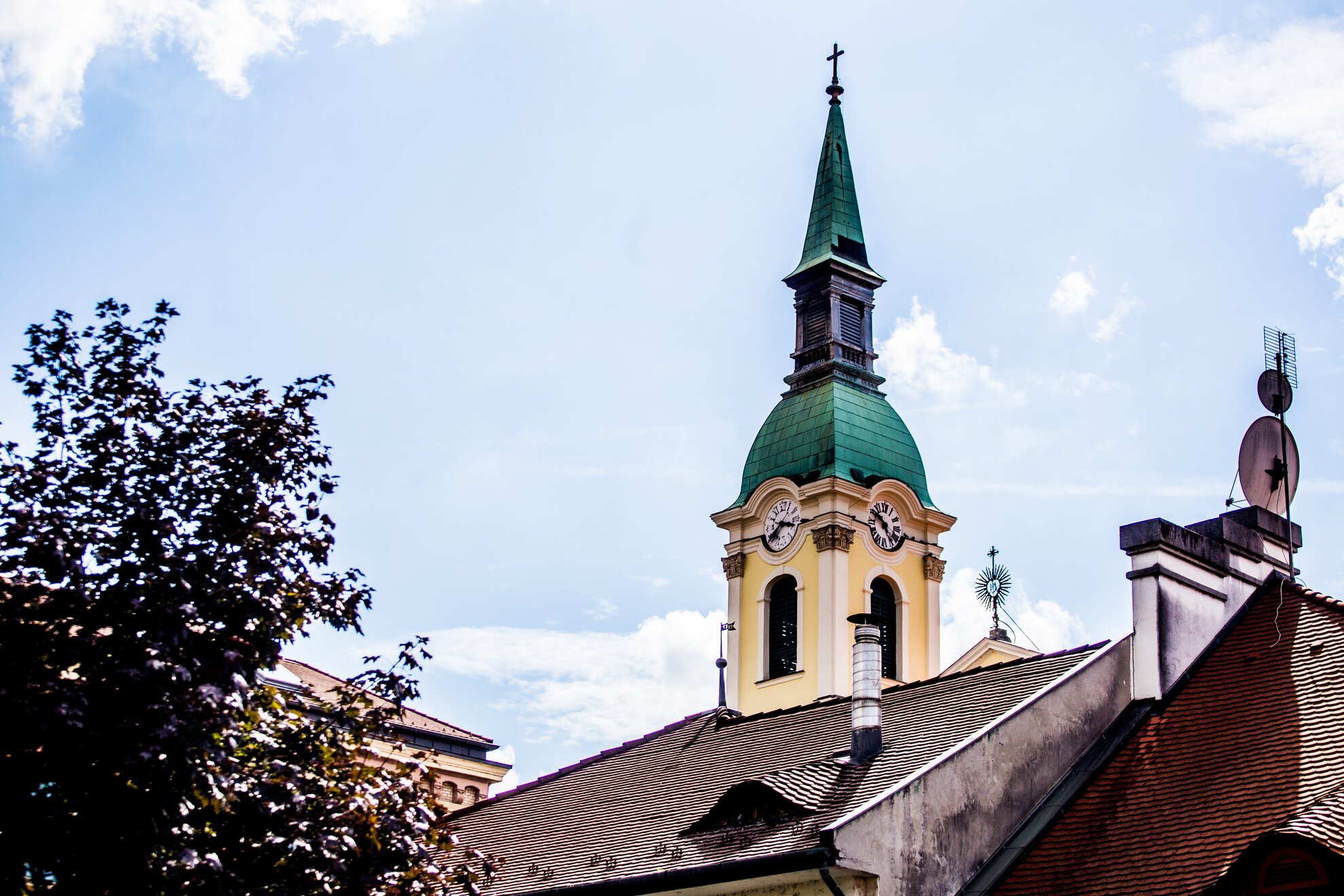
In 1896, the year of Hungarian millennial celebrations, the square was rechristened Lujza tér. The most powerful building in Buda at that time, the Lujza Steam Mill, stood by Lajos utca alongside Kolosy tér, surrounded by Szépvölgyi út and Evező utca.
A certain Mr Barber and his sons first built the Klusemann mill in 1854, which became the Lujza Steam Mill in 1867. It was partially burned down in 1921, and then the truncated building was bought in 1936 by First Budapest Steam Mill, who demolished it, and then built residential houses on this valuable piece of real estate. That notwithstanding, the square changed its name again in 1900. It became Kolosy tér.
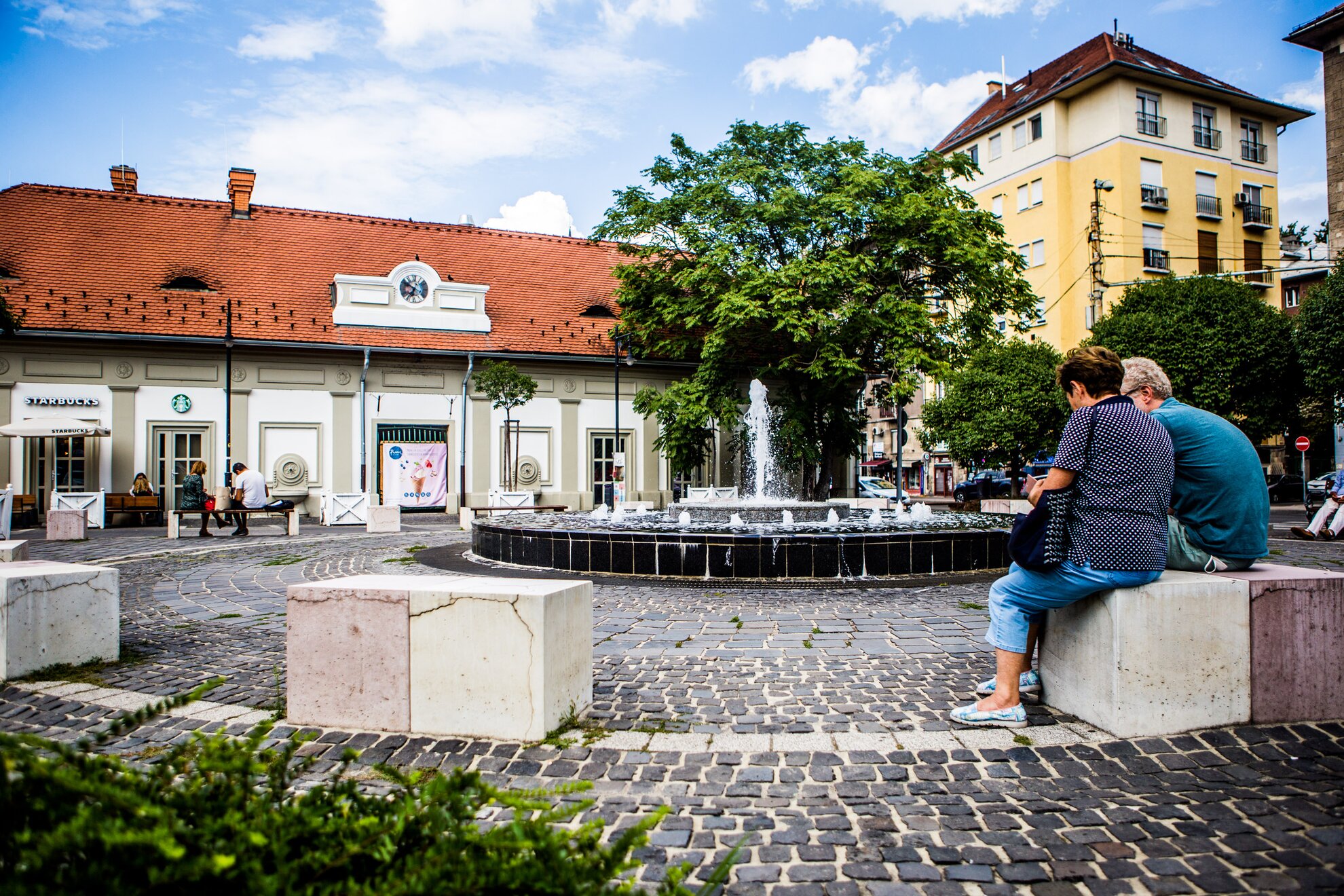
Born in Transylvania, György Kolosy was a military officer in the 1848-49 Revolution and War of Independence. He arrived in Pest as a law student and regularly attended the Pilvax, where he soon became involved in the revolutionary organisation which frequented the café.
He was one of the leaders of the smaller team that dragged Count Ferenc Fülöp Lamberg, illegally appointed Imperial Commissioner of Hungary, out of his carriage and practically lynched him. The murder was announced by Kolosy himself in the House of Representatives, before, dressed in women’s clothing, was forced to flee the investigation and justice.
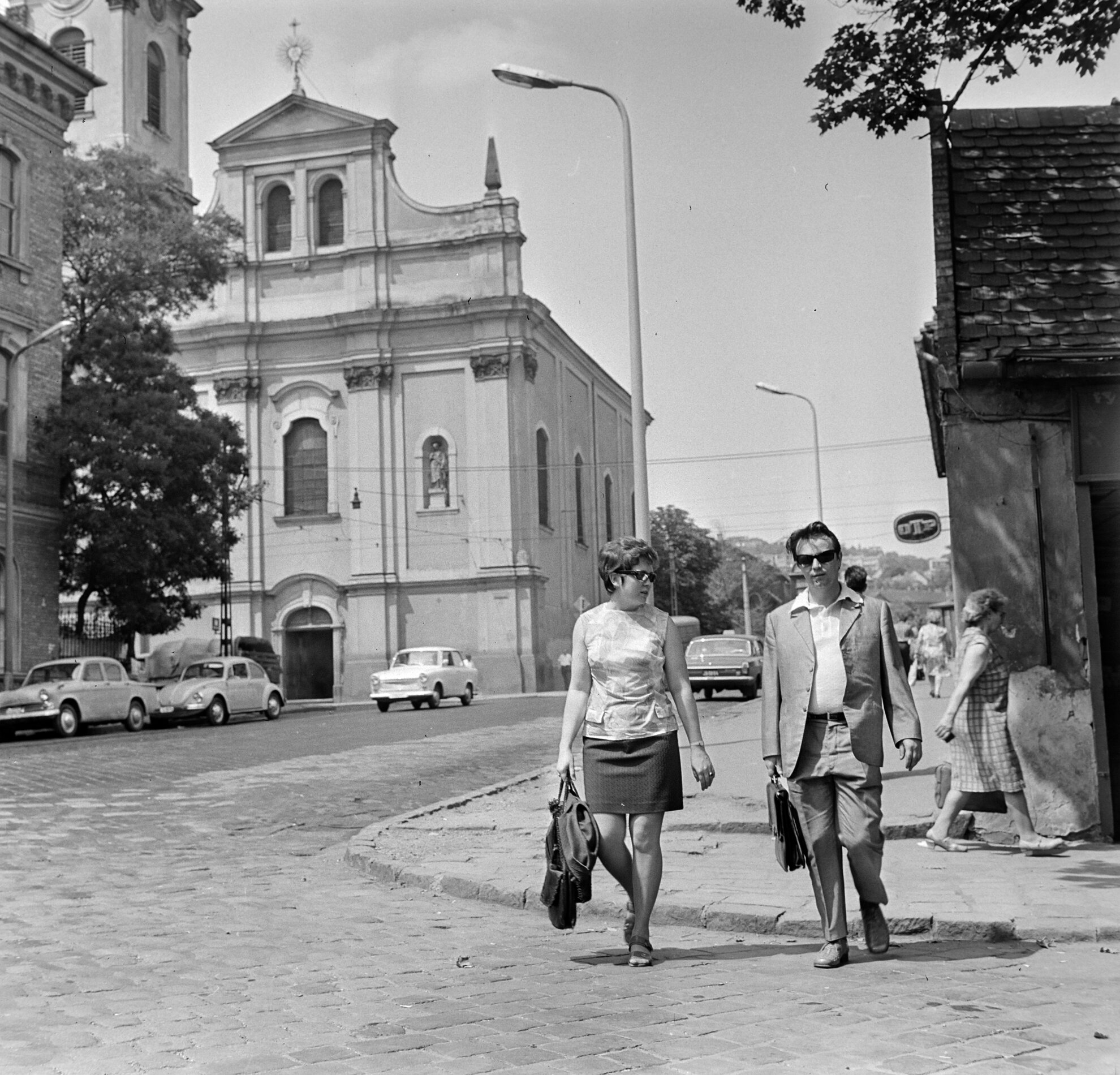
From war to anonymity
Later he fought alongside legendary Polish general József Bem, was a
member of the 15th Patriotic Battalion, defended the castle at Komárom, and
finally served as a captain in the army of the Upper Tisza. After the defeat of
the War of Independence, he was forced to hide, operating under the pseudonym of
Frunza.
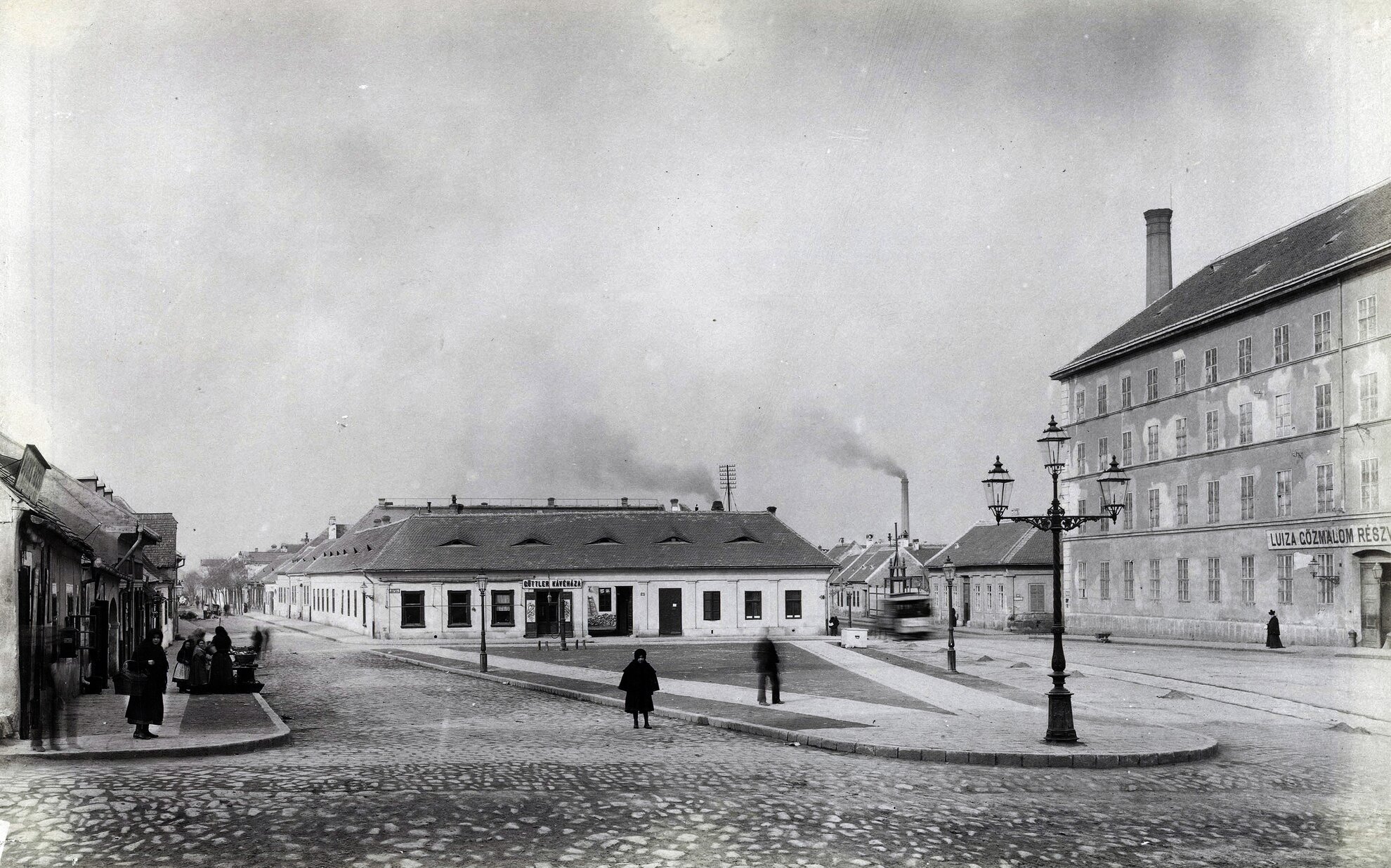
Because he thought he might be spared should he give himself up, he did so. However, he did not expect to be the only one implicated in the murder of Count Lamberg, and because brutal Austrian general Julius Jacob von Haynau believed in setting a bloody example, the young man was sentenced to death in January 1850. The execution took place in the same month, on 23 January, in the infamous Újepület on the site of today's Szabadság tér.
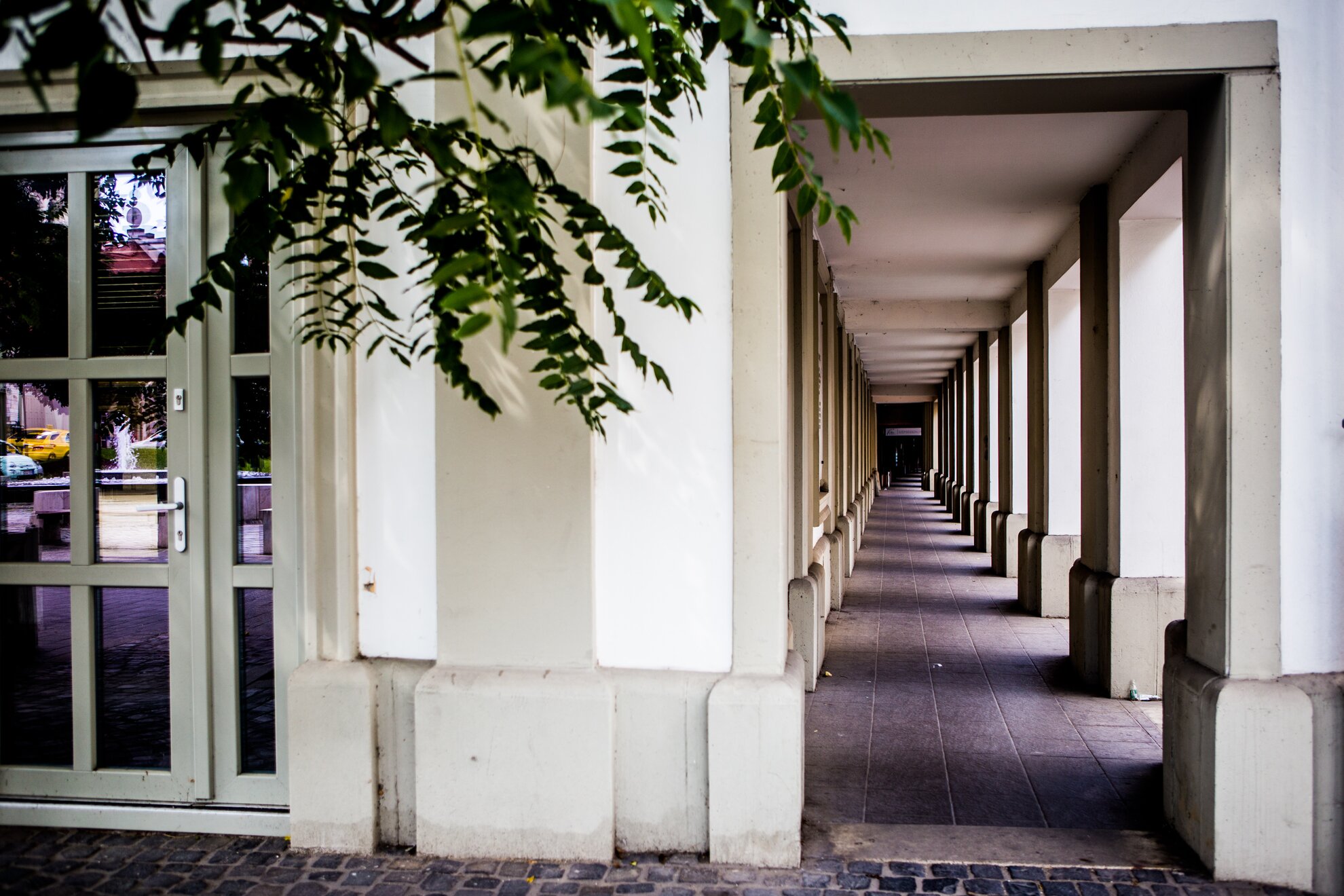
Kolosy tér and surroundings were left in a neglected state for some time, before it was relandscaped in the early 2000s. Pedestrianised Óbuda Promenád was created, which runs into the square. Around the corner is the market building, for which ambitious plans included transforming it into a hub of gastronomy, with international cuisines and craft shops, but little has happened since then.
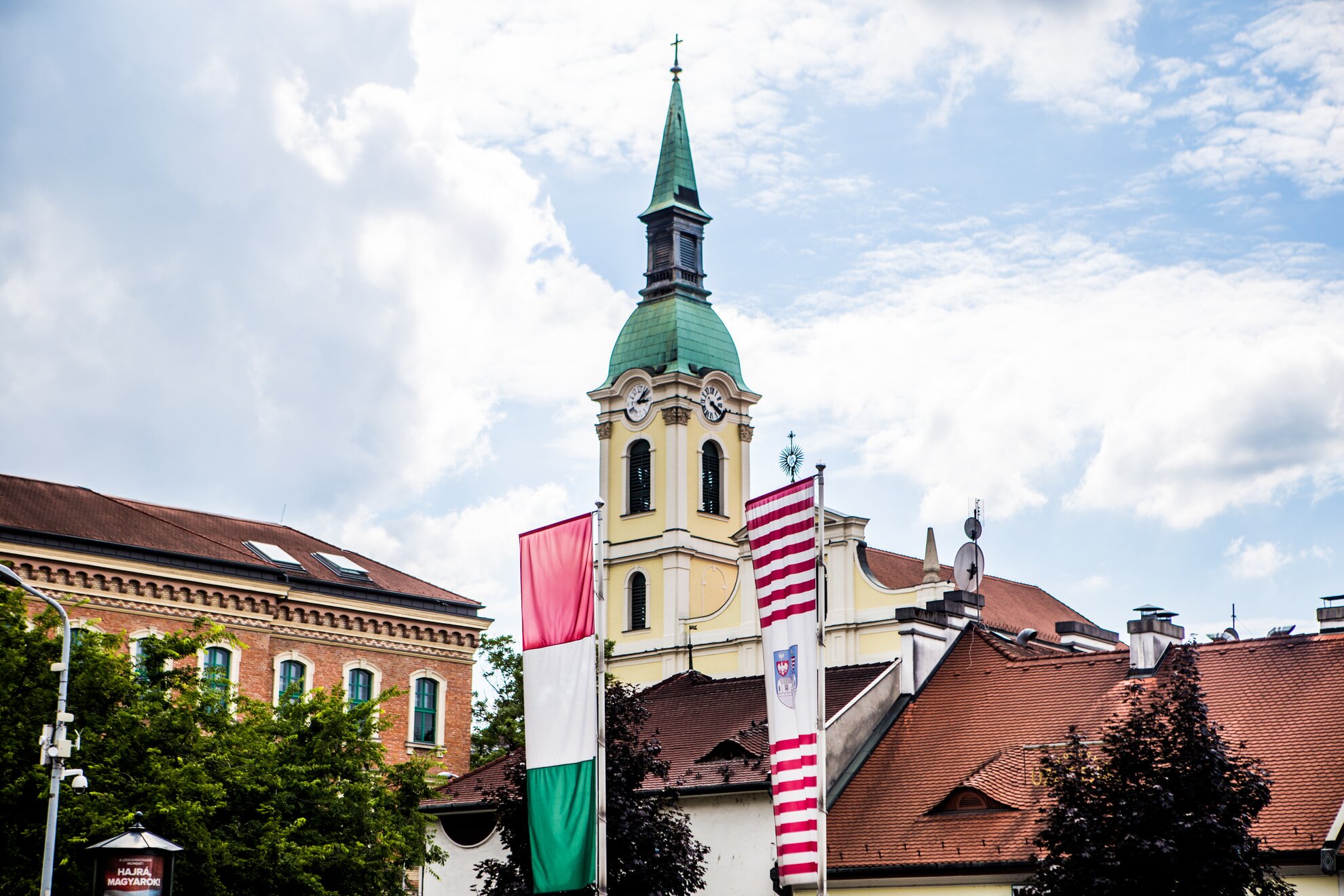
Opposite, the Bécsi (‘Vienna’) Corner office building offers a more positive
story. Built in the last century in Classicist style, this former school
building defines the image of the square, and the company renovating it has shown
great expertise in respecting the values of the past. In 2011, it won first
prize in the Paris-based FIABCI Development Awards.
Many hope that one day, Kolosy
tér market will see a similar renovation.




